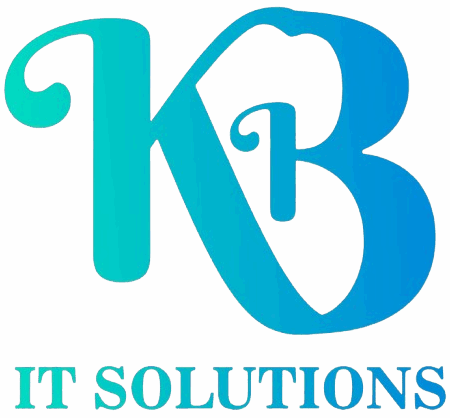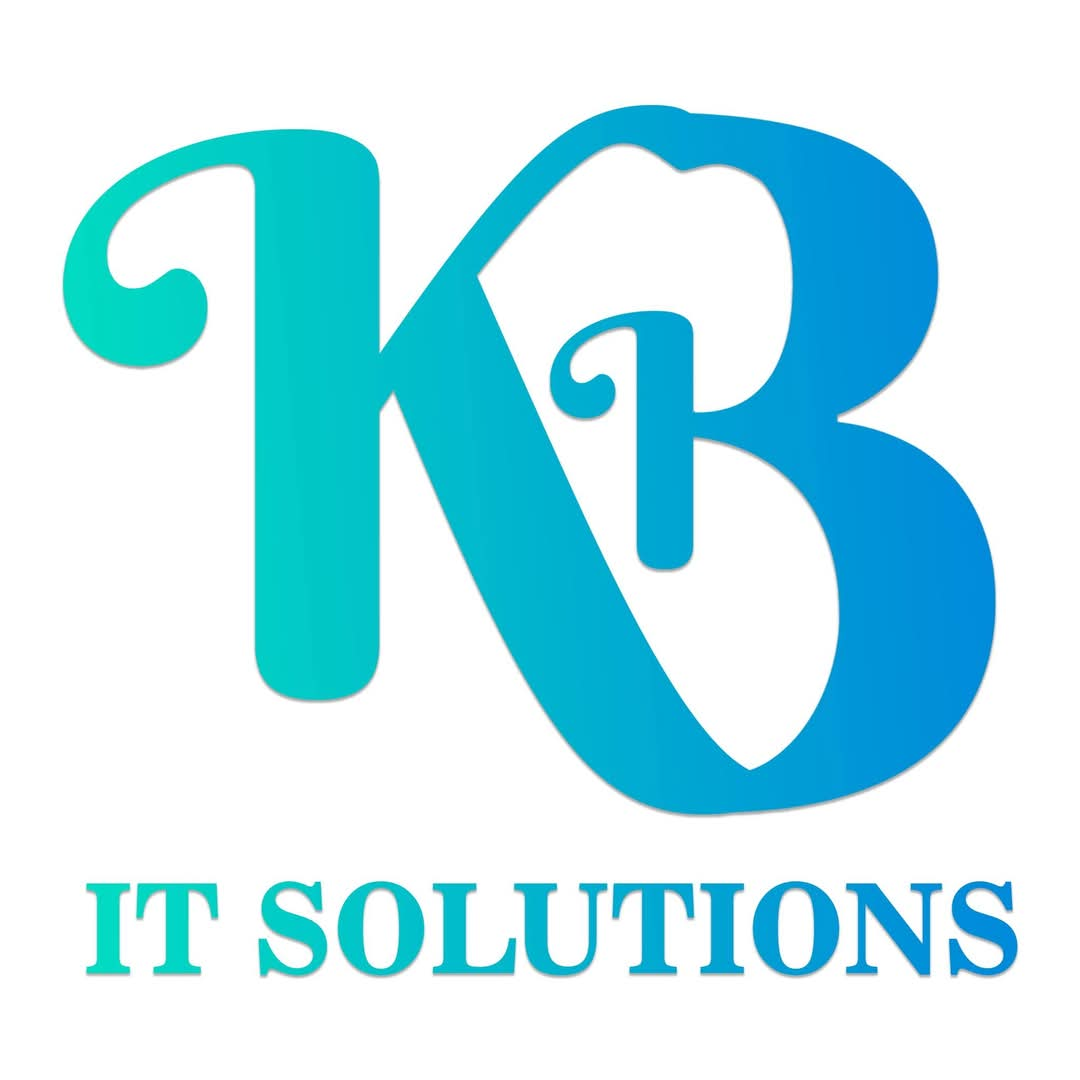Introduction to Social Media Optimization (SMO)
What is Social Media Optimization?
- Definition of SMO and its role in digital marketing
- Difference between SMO and Social Media Marketing (SMM)
- How SMO helps improve online visibility and engagement
Importance of SMO
- Enhancing brand awareness and recognition
- Driving traffic to your website and increasing conversions
- Building an active and engaged online community
- How SMO complements SEO and SMM
Key Platforms for SMO
- Facebook, Instagram, Twitter, LinkedIn, YouTube, Pinterest, TikTok, etc.
- Importance of platform selection based on target audience and goals
- Understanding algorithms on different social media platforms
Developing an SMO Strategy
Understanding Your Target Audience
- Identifying and understanding your target audience: Demographics, interests, and behavior
- Researching audience behavior on different social media platforms
- Building buyer personas to guide content creation and engagement
Setting Clear Goals for SMO
- Defining SMART goals for social media (Specific, Measurable, Achievable, Relevant, Time-bound)
- Examples of SMO goals: Increase brand awareness, drive website traffic, improve engagement, generate leads
- Aligning SMO goals with business objectives
Competitive Analysis
- Conducting a competitive analysis to identify top competitors in your niche
- Analyzing competitor social media presence, content strategies, and engagement metrics
- Using competitor insights to optimize your SMO strategy
SMO Content Strategy
Types of Content for SMO
- Engaging content types: Text posts, images, videos, infographics, polls, and stories
- User-generated content: Encouraging followers to create and share content
- Educational and informative content vs. entertaining content
Content Calendar and Consistency
- Planning and scheduling content with a content calendar
- Maintaining consistency in posting frequency, style, and tone
- Using tools like Hootsuite, Buffer, and Sprout Social for scheduling
Creating Engaging Content
- Tips for writing compelling social media posts and captions
- The power of visuals: Using high-quality images, GIFs, and videos
- Crafting content for platform-specific engagement (e.g., Facebook vs. Instagram)
Hashtags and Keywords
- Using hashtags effectively to increase content visibility and discoverability
- Researching trending hashtags and creating branded hashtags
- Incorporating relevant keywords into your social media posts for better reach
SMO Techniques and Best Practices
Optimizing Social Media Profiles
- Completing and optimizing social media profiles: Bio, images, contact info, links
- Adding social proof and trust signals (e.g., reviews, testimonials, certifications)
- Using clear call-to-actions (CTAs) on profiles to encourage engagement
Engagement and Community Building
- Responding to comments, messages, and mentions promptly
- Engaging with followers through polls, quizzes, and contests
- Building a community by initiating discussions and asking questions
Influencer Marketing
- Identifying and collaborating with social media influencers
- Benefits of influencer marketing for SMO
- Best practices for influencer campaigns: Clear objectives, contracts, and tracking results
Social Listening and Monitoring
- Monitoring brand mentions, industry trends, and competitors on social media
- Tools for social listening: Hootsuite, Brandwatch, Mention, etc.
- Analyzing customer feedback and adjusting your SMO strategy accordingly
Social Media Advertising for SMO
Overview of Social Media Ads
- Understanding paid social media advertising: Facebook Ads, Instagram Ads, LinkedIn Ads, etc.
- Types of social media ads: Sponsored posts, carousel ads, video ads, and story ads
- Benefits of combining SMO with paid social media campaigns
Targeting and Segmentation
- Setting up audience targeting: Location, demographics, interests, behaviors
- Using retargeting and custom audiences for better ad performance
- A/B testing ads for performance optimization
Ad Budgeting and Bidding
- Setting a budget for social media advertising campaigns
- Understanding bidding strategies: CPC, CPM, CPA
- Analyzing ad performance and optimizing for better results
Analytics and Reporting for SMO
Tracking SMO Metrics
- Key SMO metrics to track: Reach, engagement, impressions, click-through rate (CTR), conversion rate
- Tools for tracking SMO performance: Google Analytics, Facebook Insights, Twitter Analytics, etc.
- How to interpret data and adjust your strategy accordingly
Creating SMO Reports
- Building SMO reports for internal teams or clients
- Presenting insights clearly and using data to back up decisions
- Tools for creating reports: Google Data Studio, Sprout Social, Hootsuite Analytics
Advanced SMO Techniques
Video Marketing for SMO
- The role of video in social media optimization
- Creating and sharing videos on platforms like YouTube, Instagram Stories, and TikTok
- Optimizing video content: Titles, descriptions, tags, and thumbnails
Social Media SEO
- How to integrate SEO principles with SMO for better reach
- Optimizing social media profiles for search visibility
- Using keywords, hashtags, and geotags to improve discoverability
Live Streaming and Webinars
- Leveraging live streams and webinars for real-time engagement
- Platforms for live streaming: Facebook Live, Instagram Live, YouTube Live, LinkedIn Live
- Tips for hosting successful live streams: Promoting in advance, interacting with viewers, and following up after the event
SMO for Different Business Models
B2C SMO
- Tailoring SMO strategies for Business-to-Consumer marketing
- Using social media to promote products and services, increase direct sales, and engage with customers
- Creating campaigns to highlight promotions, seasonal offers, and new products
B2B SMO
- Adapting SMO strategies for Business-to-Business marketing
- Leveraging LinkedIn for networking, lead generation, and thought leadership
- Using content marketing, case studies, and testimonials to build credibility
E-commerce SMO
- Using SMO to drive traffic to e-commerce stores
- Promoting products on platforms like Instagram, Facebook, and Pinterest
- Strategies for integrating social commerce (shoppable posts, product tagging, etc.)
Social Media Crisis Management
Identifying Potential Social Media Crises
- Recognizing negative trends or customer complaints before they escalate
- Understanding the impact of social media crises on brand reputation
Crisis Communication Strategies
- How to respond to negative comments and public criticism
- Setting up a crisis communication plan and guidelines for your social media team
- Managing public relations during a crisis: Transparency, accountability, and empathy
SMO Trends and Future
Current Trends in SMO
- The rise of TikTok and its impact on SMO
- Increased use of AR/VR in social media marketing
- The importance of personalization and user-generated content
Future of SMO
- Voice search and its impact on social media optimization
- The evolution of social media algorithms
- Emerging technologies: AI, chatbots, and automation in social media marketing


